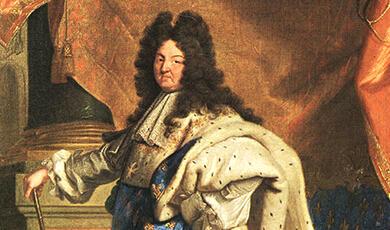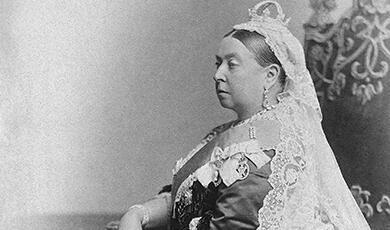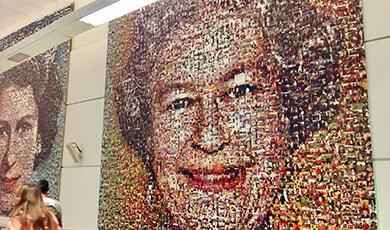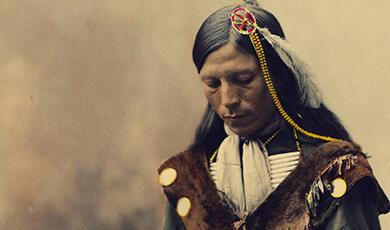Press release: Portraits of Native Americans

Portraits are ‘contact zones where two radically different cultures confront each other’
‘Somewhat problematic evidence from artist-witnesses’ of an ‘encounter between sitter and artist’
Lecture looks at mixture of Indigenous and European elements in portraits
Embargo (on quotes): 28 March 7pm
We would like to invite you to a lecture on Portraits of Native Americans from Pocahontas to Sitting Bull by Dr Stephanie Pratt, on 28th March 2023, 6pm BST (UK time), or watch later.
Pratt was the first Cultural Ambassador at Large for the Tribal Council of the Crow Creek Dakota Sioux based at Fort Thompson, South Dakota where she is an enrolled tribal member. She is a freelance consultant and occasionally advises cultural institutes and museums in the UK.
In the lecture she will say, “To borrow a term widely used in analysing the colonial encounter, we might envisage these portraits as contact zones where two radically different cultures confront one another. What plays out in a contact zone is often a matter of negotiation and the portraiture of Indigenous American sitters was potentially open to negotiation, too. From the sitter’s point of view, what agency did they have within a European artistic milieu and how did this compare with their self-representation? Are there any indications of the sitter’s Indigenous sensibility finding expression within the strictures of the portrait format? With respect to the artist, what traditions conditioned their approach and were they flexible enough to incorporate a sitter wholly outside their normal experience? Did the artist attempt to engage with the particularities of the sitter’s culture, using costume and pose as markers of difference, or did they lack the information that would allow them to do this? And finally, from the consumer’s point of view, who were these portraits made for? How many people could have seen them? What purpose did they serve?”
In some portraits by Jan Verelst, for example, “all the Indigenous details ….are contained within a thoroughly European format. Brant, for example, is standing in an elegant and relaxed pose very much in keeping with the style of aristocratic portraiture of this period, as seen, for example, in Michael Wright’s Lord Mungo Murray portrait of 1683. Both men are shown holding the end of their muskets as if just stopping to pose briefly while still engaging in their outdoor hunting activities. If Verelst had Wright’s figure of a Scottish laird as a possible model for his portrait it raises interesting questions. Was this simply a useful stock pose to employ for a new sitter who represented a people entirely outside Verelst’s experience? Or did he intend, as some have supposed, to suggest a rough equivalence between the woodlands-based life of an Indigenous ‘king’ and someone whose Scots’ ancestry reached back to a more ‘primitive’ lifestyle? Perhaps some who saw Verelst’s portraits, with linen shirts worn as tunics might have been put in mind of the garb of classical warriors. Whatever the associations that might have been raised, Verelst’s approach managed to retain some elements of Indigenous identity.”
You can sign up to watch this hybrid lecture online or in person.
ENDS
Notes to Editors
You can sign up to watch the hybrid lecture online or in person; or email us for an embargoed transcript or speak to Professor Pratt: l.graves@gresham.ac.uk / 07799 738 439
Read more about Professor Pratt
Sign up to our monthly newsletter here to get advance notice of our events.


 Login
Login



